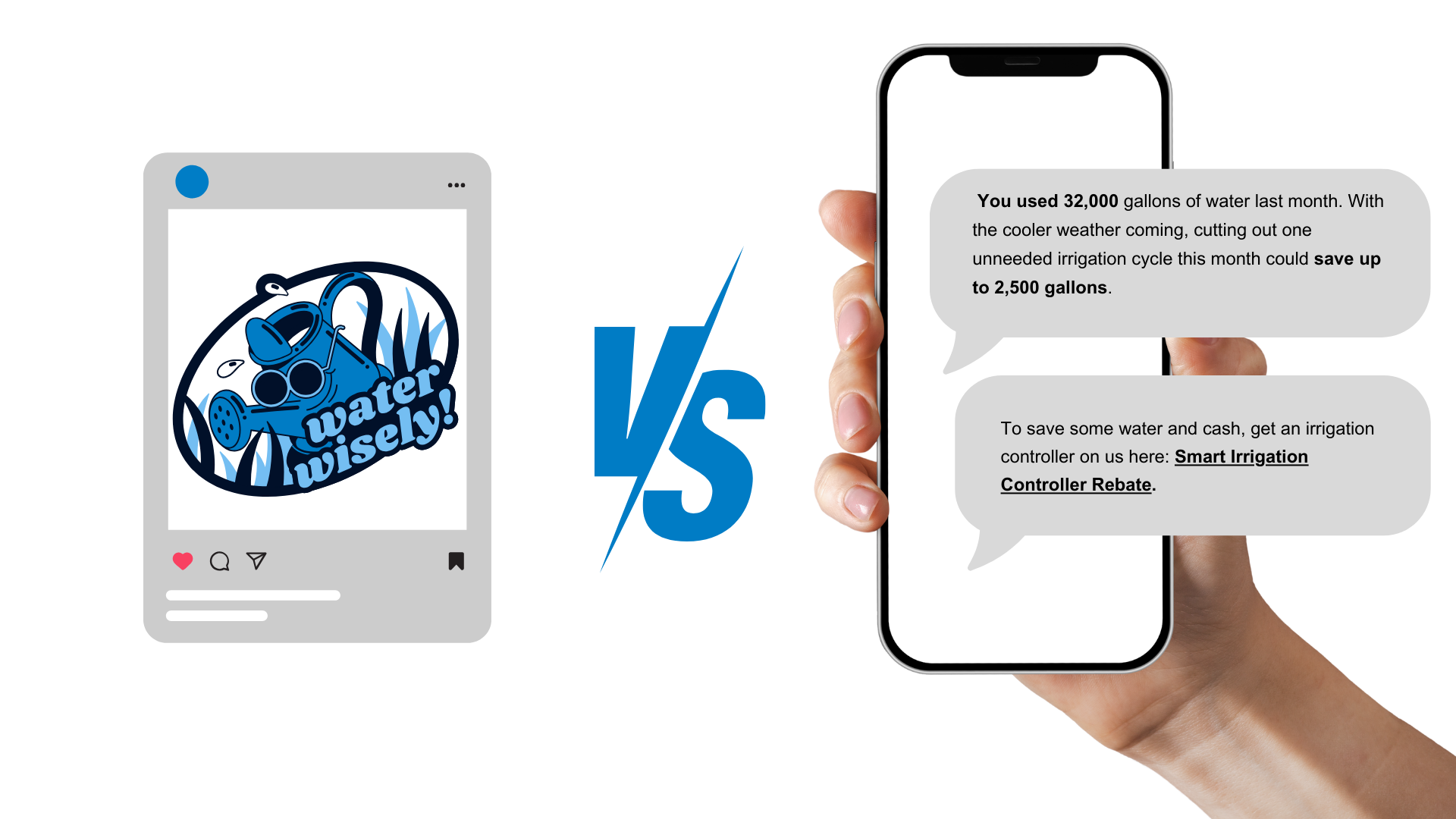More than 93 percent of American water systems serve populations of fewer than 10,000 people. 67 percent serve fewer than 500.
When it comes to delivering water, small doesn’t always mean simple for rural water systems.
Small systems are not immune to the challenges of aging infrastructure, pipeline breaks, or water quality concerns. In fact, Of the 5,000 drinking-water systems with health-based violations in 2015, more than 50 percent were systems serving 500 people or fewer.
Like their urban counterparts, rural systems must respond to the vast challenges facing the water industry—but they have to do it with added challenges like limited funding, limited staff, and limited infrastrucutre.
In response to calls for the water industry to modernize their practices, technology could also play a key role in helping smaller systems scale and enhance their customer experience.
Myth #1:
Rural Water Systems Can’t provide the Same Level of Service as Larger Systems.
False. Modern technology makes it possible for even the smallest utility staff to offer a high level of customer service. Tools like Yoppify can remove friction in the customer communication process and allow utilities to easily manage customer inquiries across multiple channels like phone, email, chat, and text messaging. Even without a dedicated customer service staff, technology can let utilities offer support that feels “Big” without having to commit tons of energy. Learn more.
And as technology solutions like Yoppify have become more affordable and easy to adopt, the up-front risk and commitment for budget-constrained agencies is quickly reducing. Now, more than ever, small utilities are turning to these types of tools to transform their customer experience. Read about why customer experience matters for water utilities.

Myth #2:
Rural Water Systems are held to Lower Standards.
False. Despite their size, rural water providers are subject to the same regulations and rules as their urban counterparts. This includes notification requirements for contamination and other events. Having fewer users doesn’t make it easier to respond to these types of events—especially since rural systems sometimes have thousands of miles of pipelines to bring water to the remotest locations. With limited staff to deal with a water quality crisis, going door to door for notification is not only time intensive, it is also impractical. This is another area where technology could make a huge difference for small utilities.
Tools like Yoppify that allow water utilities to broadcast messages by text, email, phone, or other channels, are not only cost effective, but they also save staff time and energy when that matters most. Learn more about how utilities can effectively “Get a message out.”
While rarely the focus of public attention, small systems (often located in rural areas) deliver water to a large portion of American homes. Technology can help level the playing field for these types of small systems.









